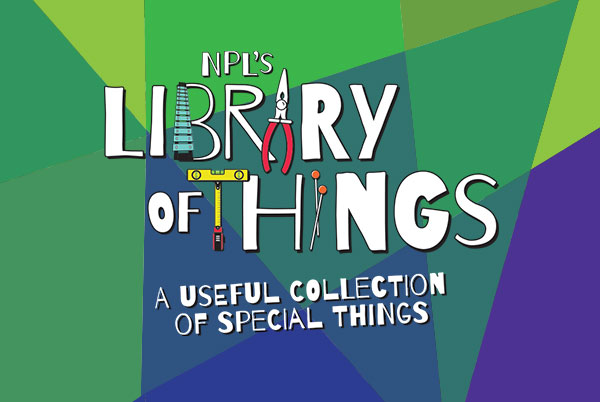
Goodlettsville branch is closed for renovations.
We shall only spend a brief moment introducing the controversy over the attribution of tonight’s story to Daniel Defoe. The reason for this question of attribution lies in two facts: Daniel Defoe was well known to publish many works anonymously, and many anonymously-published works were casually attributed to him. Because of those two reasons, literary scholars have found endless ways to argue this matter, none of which matter much to us. But there you have it.
What does interest us is the nature of the supernatural incidents that occur in the story. We introduce you this evening to what in more ethereal language we term a “fetch.” The fetch, based in Irish folklore, is described as an exact, spectral double of a living human, whose appearance is regarded as ominous.
“The Apparition of Mrs. Veal” is the most famous example of a well-established genre at the time, that of the “apparition narrative,” which flourished in the late 17th and early 18th centuries, and which developed in response to a crisis in religious belief that had been provoked by the works of Thomas Hobbes and the emergence of modern materialist philosophies.
The authors of apparition narratives sought to convince sceptics of the existence of the afterlife and divine providence through accounts of spiritual visitations that presented a detailed and ostensibly authenticated version of the events that they described. As such they can be seen as works of “theological propaganda,” an outlook which later ghost stories, written purely for the purpose of entertainment, lacked.
And now, turn down the lights, and join us for “The Apparition of Mrs. Veal,” attributed rightly or wrongly, to Daniel Defoe….